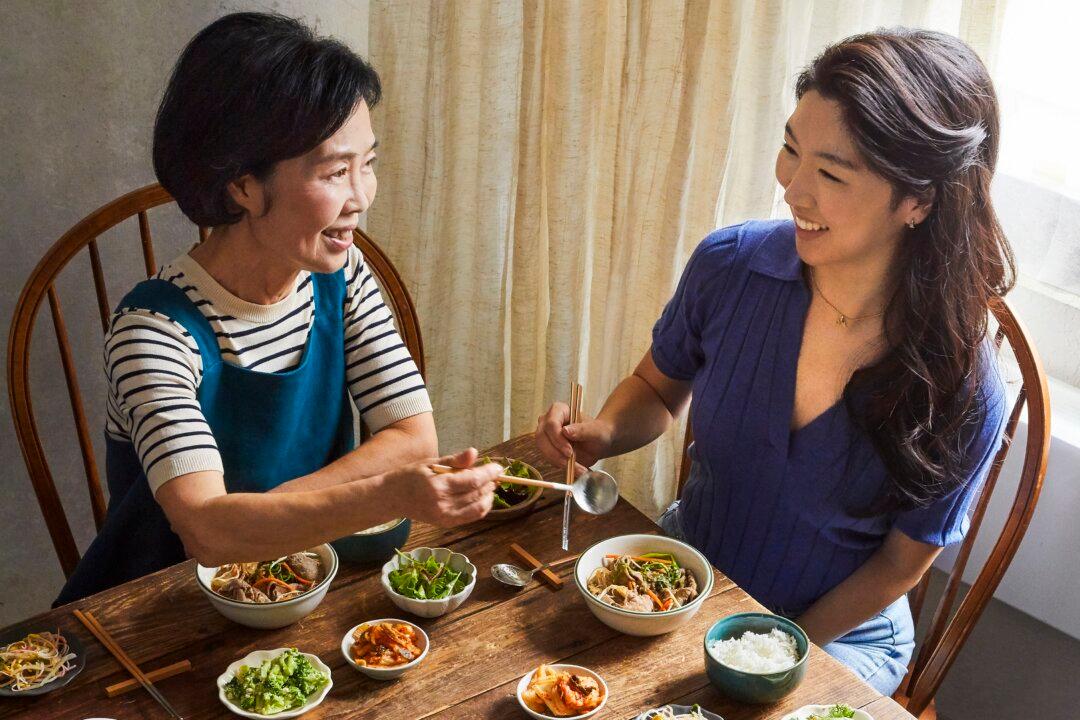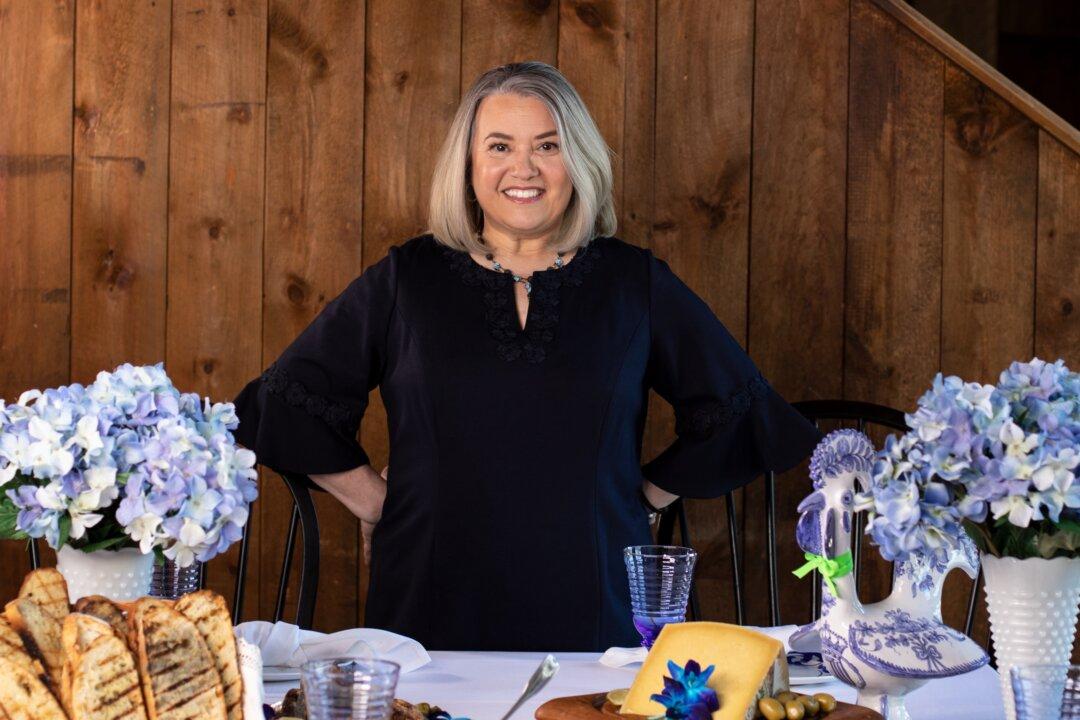One of the habits I most looked forward to in becoming an adult was buying my own flowers for my dining room table. I remember cashing my first paycheck as a green 22 year old, freshly out of college and starting my first job. I went straight to the grocery store and purchased sparkling water, brie, French bread, and a bouquet of sunflowers.
Every morning that week, those fresh flowers greeted me cheerily as I readied for my day. I loved the way they seemed to smile at me from my thrifted table, shining brightly in the vase I had bought for less than a dollar. Having fresh flowers felt like a mark of domestication: Those blooms turned my apartment into a home.





